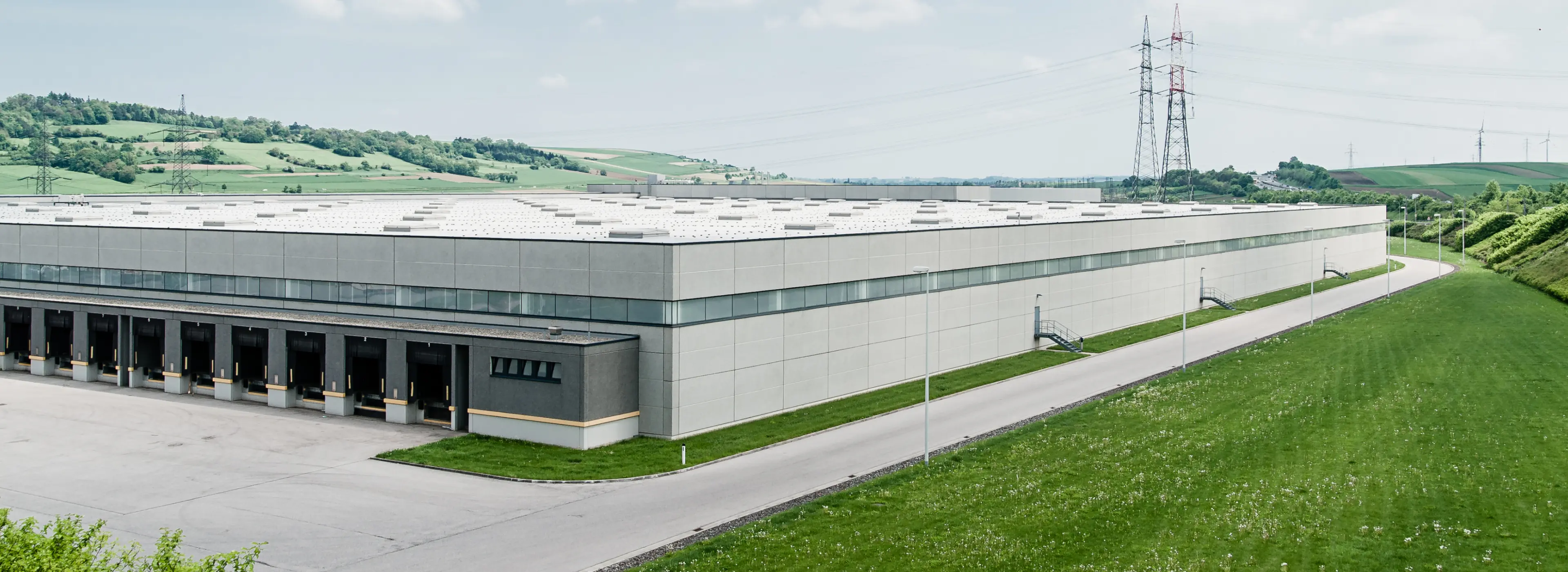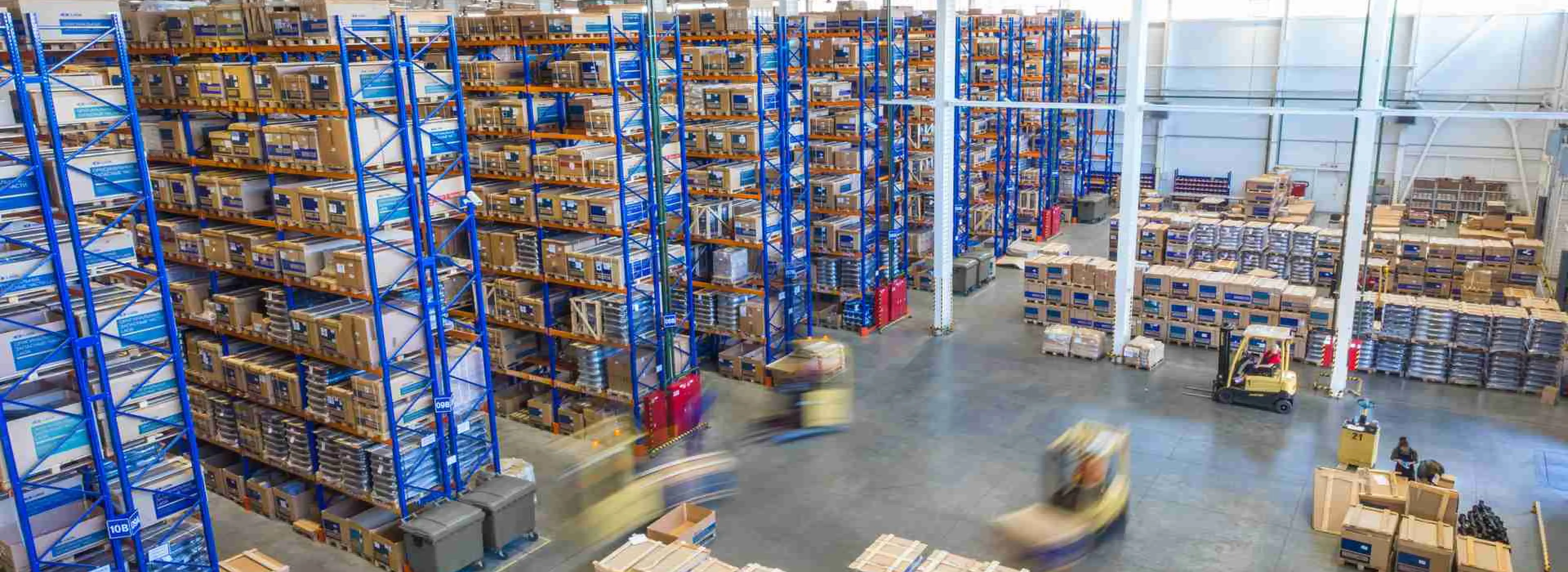Warehouse managers are facing a pivotal concern as the demand for efficient operations surges amidst a labor shortage. Practical strategies to navigate this challenge are crucial for sustained success.
Click Here: Boost Your Warehouse Efficiency With This Advanced and Affordable WMS
Identifying innovative approaches to optimize workforce management has never been more imperative in this landscape. Fortunately, this article sheds light on game-changing strategies to fortify your warehouse and distribution center operations amidst the challenging labor scarcity.
By implementing the actionable insights in this article, you can empower your business and combat the labor crunch with resilience and foresight. So, start reshaping your approach to labor shortages and propel your business’s success by reading the full article.
Understanding the Warehouse Labor Shortage
The warehouse labor shortage comes from several factors. This includes demographic shifts, changing job preferences, and the growth of e-commerce. As the baby boomer generation retires, there is a notable gap in the labor force. Younger generations lack interest in pursuing careers in warehousing and logistics.
Additionally, the online shopping boom pushed warehouse workers to handle more orders and ensure timely deliveries. This perfect storm has created a formidable challenge for businesses, creating a need for strategic rethinking of workforce management.

The Impact of the Labor Shortage on Warehouse Operations
The labor shortage caused issues in warehouse operations, such as delayed order processing, increased error rates, and heightened costs. Without an adequate workforce, warehouses struggle to meet customer expectations, leading to potential reputation damage and lower customer satisfaction.
Moreover, the strain on existing warehouse employees can result in burnout and diminished morale. Recognize the impact of the labor shortage and proactively address it through forward-looking strategies.
Strategies to Address the Warehouse Labor Shortage
Order processing involves several key components to ensure smooth and efficient order fulfillment. Understanding these components is crucial for optimizing your order processing operations. Let’s take a closer look at each one:
1. Embracing Technology to Mitigate Labor Challenges
Embracing technology has emerged as a pivotal strategy for mitigating labor challenges and optimizing efficiency. Integrating automation, robotics, and advanced software solutions has changed warehouse management, offering unprecedented precision, speed, and reliability in performing critical tasks. By leveraging these technological advancements, businesses can effectively address the constraints posed by labor scarcity while enhancing overall productivity and agility.
Automation technologies have transformed the landscape of warehouse operations by enabling seamless material handling, inventory management, and order fulfillment processes. Examples of automation technologies include pallet and parcel dimensioners, warehouse workflows, and automated guided vehicles (AGVs).
Additionally, integrating AI-driven analytics and predictive technologies has empowered businesses to optimize inventory management, demand forecasting, and resource allocation. Moreover, implementing advanced warehouse management systems (WMS) has streamlined operations. It enabled businesses to achieve greater visibility, control, and efficiency in their operations.
2. Implementing Efficient Training and Onboarding Processes
Businesses focus on implementing efficient training and onboarding to maximize their workforce. By investing in training programs, organizations can cultivate a versatile workforce capable of adapting to evolving demands.
Furthermore, streamlining the onboarding process can significantly reduce the time required to integrate new hires into the workforce. This allows businesses to address staffing gaps and maintain consistent productivity levels swiftly.
3. Promoting a Positive Workplace Culture to Attract and Retain Talent
Promoting a positive workplace culture is critical for attracting and retaining talent. A supportive, inclusive, and engaging environment characterizes it. It also prioritizes employee well-being, professional growth, and collaboration.
With a positive culture, businesses can position themselves as desirable employers. It lets them attract top talent and retain workers amidst the constraints of labor scarcity.

4. Leveraging Flexible Scheduling and Incentives to Boost Workforce Engagement
Flexible work scheduling and incentives, such as compressed workweeks and performance-based bonuses, effectively boost workforce engagement and retention. These initiatives empower employees to balance professional responsibilities with personal commitments, attracting and retaining skilled workers.
Examples of flexible scheduling include telecommuting options and adaptable shift structures. Incentives, however, include recognition programs and career advancement opportunities.
Furthermore, providing comprehensive benefits packages demonstrates a commitment to employee welfare, fostering greater loyalty and satisfaction within the workforce. This can include healthcare coverage, retirement plans, and wellness initiatives.
5. Collaborating with Staffing Agencies and Temporary Labor Solutions
Collaborating with staffing agencies and utilizing temporary labor solutions helps address staffing gaps and enhance operational flexibility. Staffing agencies specialize in sourcing, screening, and placing qualified candidates. Businesses can augment their recruitment efforts and maintain consistent operational performance amidst staffing challenges by engaging with these agencies.
Temporary labor solutions, however, allow businesses to scale their workforce in response to fluctuating demands. With this, businesses can alleviate the strain on their existing workforce. Furthermore, it mitigates the risks associated with prolonged recruitment processes and sudden spikes in demand.
By implementing these solutions, businesses can have resilience and adaptability in a dynamic market environment.
6. Adapting to Industry Changes and Market Demands
Remaining agile and adaptive to industry changes and market demands is essential. This proactive approach involves assessing market dynamics, consumer preferences, and competitive benchmarks. By embracing agility and innovation, businesses can navigate the challenges of labor scarcity while exploiting emerging opportunities and industry trends.
Conclusion and Key Takeaways
In conclusion, the warehouse labor shortage requires multiple approaches to address and mitigate its impact. By embracing advanced technologies, prioritizing workforce development, nurturing a positive workplace culture, and adapting to the evolving landscape of warehouse operations, businesses can navigate the labor shortage with resilience and foresight.
Looking ahead, proactive planning, strategic partnerships, and a commitment to continuous improvement will be essential in fortifying warehouses against labor scarcity. Warehouses can propel themselves toward sustained success in an ever-changing market.
For more information about streamlining warehouse operations or the latest warehouse technologies trends, you can follow us on LinkedIn, YouTube, X, or Facebook. If you have other inquiries or suggestions, don’t hesitate to contact us here. We’ll be happy to hear from you.












